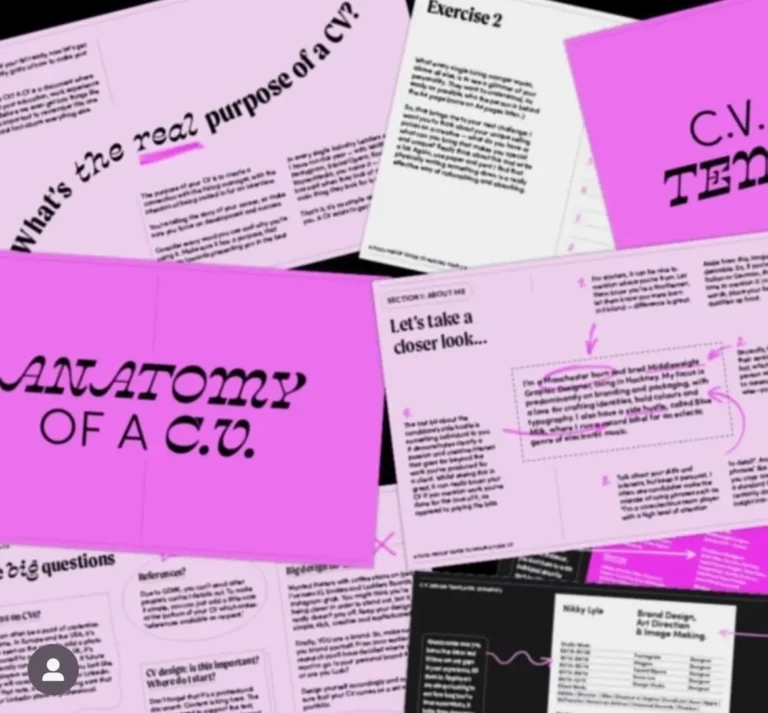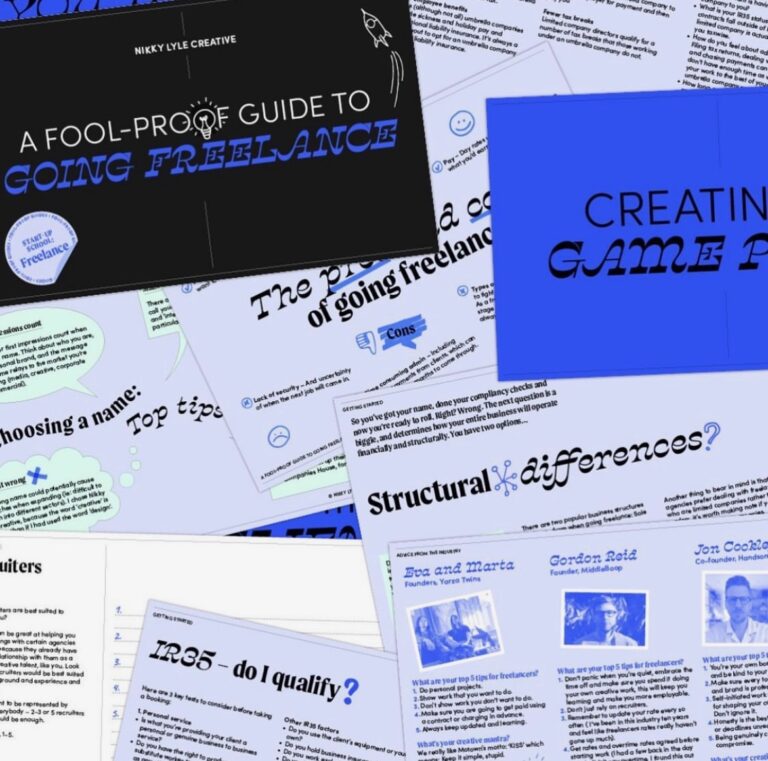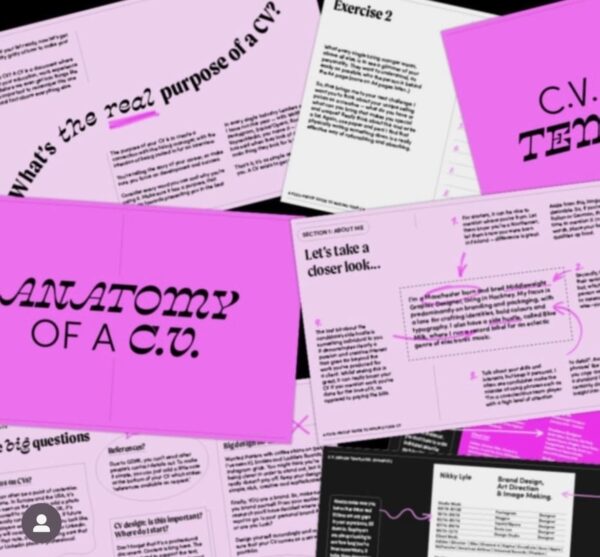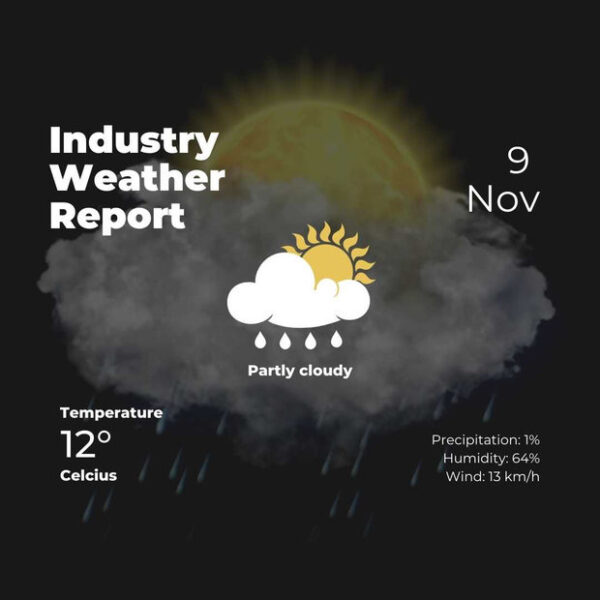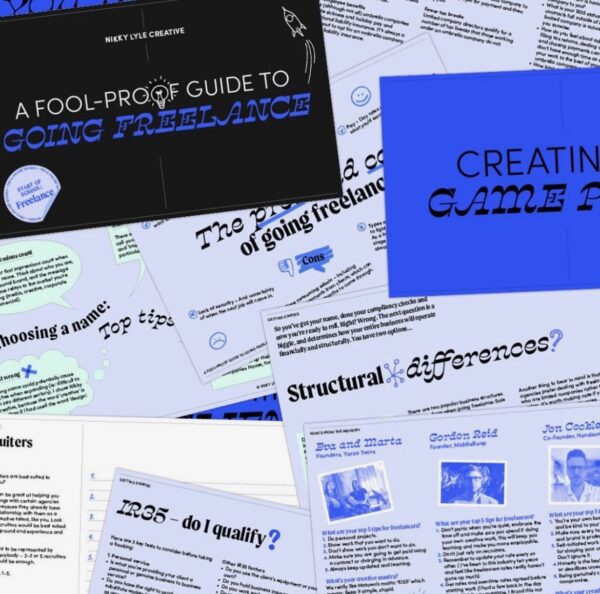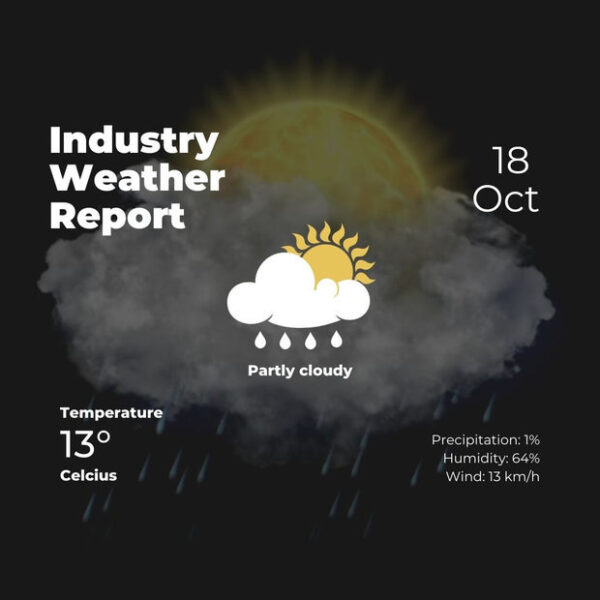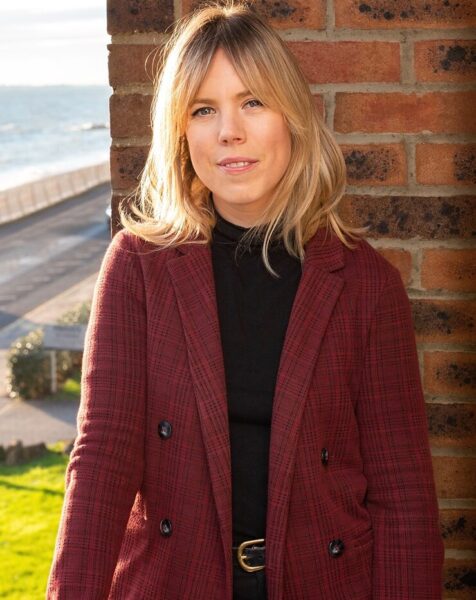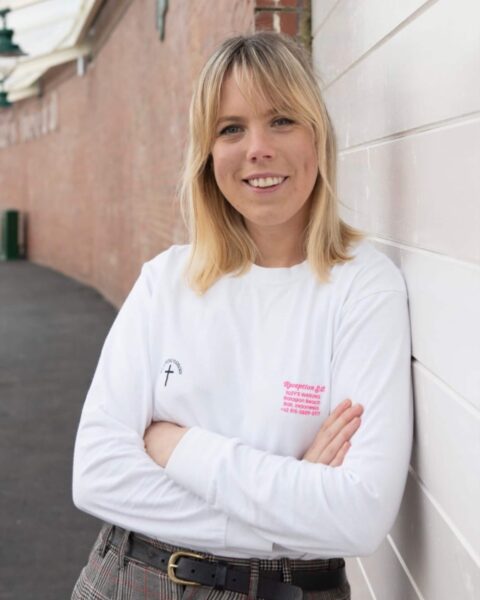You’ve got your CV ready to apply for the next job you’re hoping to bag interviews for and you’d like to nail your portfolio?
If you’re a creative, 99.9% of the time when future employers look at an application, the first thing they tend to take a look through is your portfolio.
When your portfolio lands in someones inbox you have minutes, sometimes seconds to grab their attention and impress them.
Talent managers and creative directors are incredibly busy people—they receive hundreds of applications for each opening. So they tend to listen to their gut and make snappy decisions.
The person looking at your application will know what they’re looking for and you need to provide that information, quickly.
You need to make it easy. You need to make it slick. You need to help them find what they want in seconds. If you make it too hard for them and they have to dig, they will give up and move on.
So, how can you be the proud owner of a portfolio with a sharp, competitive edge? You need to plan your attack.
First, you need to identify jobs, roles, and places where you’d be the perfect fit. And how will you know what that is? Research.
The industry is vast—there are so many areas you can delve into: advertising, packaging and branding, quirky small boutique agencies, larger more corporate machines, property branding agencies, environmental graphics, exhibitions and museum design studios. Even an architecture firm working on internal comms.
Your portfolio won’t be right for every sector or agency, and it shouldn’t be. You need to find your home, where you’ll be able to offer something that an employer is looking for.
If you’re going for a permanent job, chances are you’ll be doing it at least 8 hours a day, 5 days a week. So you need to make sure it’s the right fit for you.
Where would you LOVE to tell your mates that you work, or call your mum to tell her you landed a job at?
Find your home by thinking about a place you’d be proud to tell people you work. Good research can help you figure this out.
Okay, you know where you want to work. You can visualise being a part of that agency or brand, their team and their vision. What now?
Stalk them. Seriously, go for it. Look at the company’s website, their Instagram, their Twitter and LinkedIn.
Find out who works there and stalk them too.
Look up the creative directors from agencies you want to work for; take a look at their websites, their profiles too.
Take a look at how they present themselves and take inspiration, but don’t make yourself a replica of them. The number one most important thing to think about when crafting your portfolio is getting across your voice.
So now you’ve got some inspiration, how should you put your own portfolio together?
I go in to a lot more detail in my portfolio guide, but here are the fundamentals.
- Make sure your portfolio is consistent with your CV. Same typeface, colour scheme, lay out and grid system.
- Only show work you’re proud of, that you would present with passion in an interview.
- Make it clean and clear. Your portfolio is your showcase and should present your work in a clear and legible way.
- The devil is in the detail. You show your value through the level of care that goes into presenting your work.
Inject your personality into your portfolio, especially if you have the same brief in your book as your industry peers. It’s all about the type of creative work you want to be doing.
Be specific about what it is you have worked on with each project. Some creative portfolios can be misleading about what their involvement was on big projects. You never know, the Creative Director that worked on it with you at the time might be reviewing your application at your next company thinking, “hang on a minute, they didn’t create that whole concept like their portfolio is implying, they just retouched the logo at the end.”
Be clear about your involvement. Future potential employers will appreciate and respect your honesty.
When you’re invited in for an interview, it’s normally half about you, talking through your work and you as a person, and half about the agency and how you’d fit in. So you want to make sure the entire interview isn’t you waffling through a lengthy portfolio.
If you open it up and they see 80 pages of slides to go through, no matter how good your work is, the interviewers heart will probably sink. Make sure you give yourself time to talk not just about your work.
Some do’s and dont’s to keep in mind from commonly asked questions.
Show your best work, not just the stuff that was chosen
Agencies know not every concept is used, so don’t be afraid to show off work that wasn’t chosen. Agencies want to see your strongest work, not just the polished final product.
Should I number pages?
Don’t worry about numbering your pages. It’s a headache for you, and will make adding projects in the future more difficult.
Passion projects
For extra industry brownie points, start up a passion project or side hustle. It’ll show that you haven’t stopped creating, and it’s something extra to put in your portfolio.
Do I need a Contents page?
A contents section at the front of your portfolio isn’t necessary. It’s more work for you in the long run.
If you’d like to see some lay out examples, you can download my guide with this 30% discount https://guides.nikkylyle.com/?coupon=NEWYEARNEWJOB
